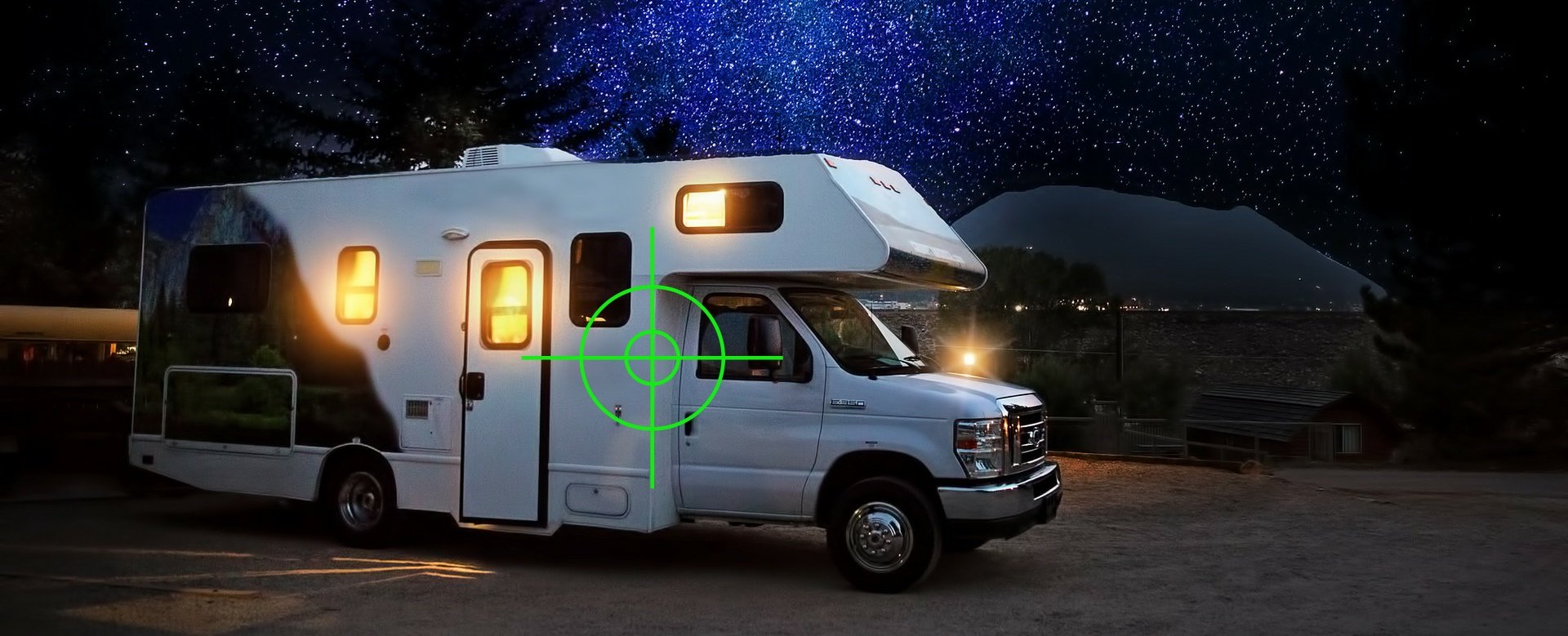Camper Vans & Armoured Vehicles
It may sound weird, maybe catchy, but there is more truth to it as you may think.
The Swedish public transport authority “Trafikverket” (yes, that’s the name of it and no dirty term) recently crashed two different types of camper vans. Sweden is one of the countries with the lowest percentage of traffic deaths worldwide, and to keep it like this, the Swedish authority is regularly searching for ways to improve motoring and traffic.
In this case, Trafikverket crashed a motor caravan with OEM passenger cabin and a version fully built upon a donor chassis, like done with busses. Both caravan types were tested to NCAP test regulations with a speed of 64km/h into a deformable barrier. The test result was bad, very bad.
The reason:
- Insufficient “crumple zones”.
- Objects and interior equipment becoming loose and flying towards passengers.

